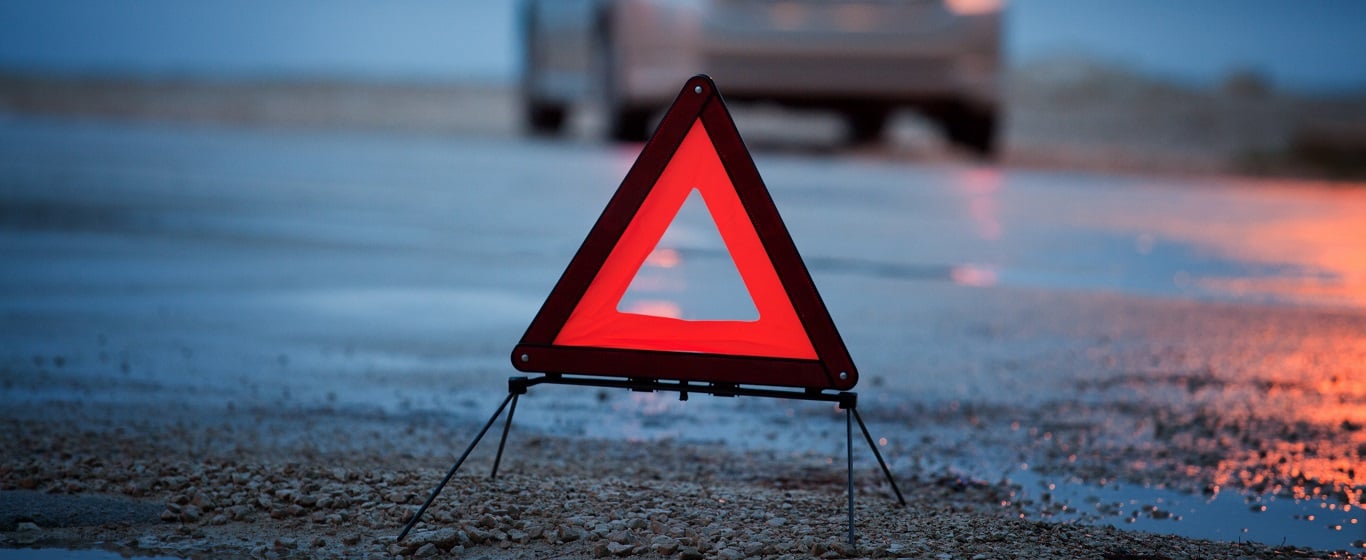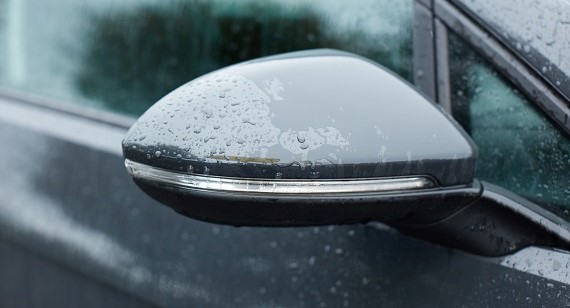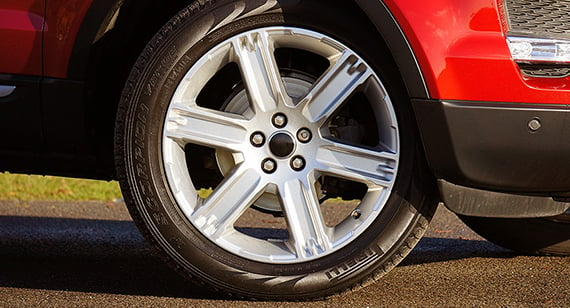Car Insurance
Seasonal motoring safety tips

Autumn Driving Tips
Autumn in the UK means less daylight, colder temperatures, rain and fallen leaves - all of which can present challenges for car drivers. By following these tips, you can ensure that you are prepared for the changing conditions and autumnal roads.
Before you set off
- Check your windscreen wipers and washer fluid — wipers are likely to have been used less in the summer and worn wipers can result in poor visibility. Falling leaves may also lead to a build-up of debris so ensuring you're topped up on screen wash is essential
- Check your tyres — worn tyres won't be able to cope with slippery roads so make sure you have adequate tread of at least 1.6mm
- Have a mechanic assess your electrical system — wetter weather coupled with cold mornings can cause problems for batteries, spark plugs and leads. Have a mechanic test your electrical system for any potential faults.
While you’re on the road
- Be mindful of overloaded batteries — the more frequent use of heating, lighting and wiper use puts extra demand on car batteries during Autumn. If your motor whirrs sluggishly or lights appear dim then your battery may need replacing
- Keep inlets clear — leaves can find their way into air inlets, potentially causing engines to overheat. If your windscreen keeps steaming up, take a look at the inlets below the windscreen wipers and under the bonnet and remove any leaves caught in there
- Be wary of slippery roads — fallen leaves, along with mud on the road can be slippery in wet conditions. You should exercise caution in these circumstances and not travel round corners too quickly. Fallen leaves can also cover potholes and dips, so make sure you're driving carefully enough to deal with hidden surprises
- Don't watch the fireworks — Autumn brings plenty of festivities such as Halloween and Bonfire night. Don't get distracted by the explosions in the sky whilst driving.
Winter driving tips
Of all the seasons, it's winter that probably presents the most challenging conditions for motorists. Plummeting temperatures combined with snow and ice can cause even the most experienced drivers problems.
In extreme conditions you should only go out if necessary, to avoid the risks that bad weather brings. However, if you do need to venture out there are simple steps you can take to make driving safer during the colder months.
Before you set off
- Ensure your windscreen, windows and mirrors are kept clean — snow or ice on these surfaces can impact visibility
- Check your wipers and top up on windscreen washer fluid — debris and dirt can also be distracting and affect your view, whilst your wipers need to be in good working order to deal with increased rain and snow fall chances. You should also be sure to buy winter ready screen wash
- Check your lights — faulty bulbs or fuses could prevent your headlights, indicators or brake lights from working when you need them most
- Remove any snow from your bonnet and roof — this can blow off at speed and create a hazard for you and other motorists
- Check your tyres — grip is going to be important and this means your tyres need to be in a good condition. Although the legal limit for tread is 1.6mm, we recommend having at least 3mm tread. In really wintry conditions consider using snow chains or snow socks
- Clear your exhaust pipe — ensure your exhaust pipe is not clogged with snow, ice or mud as this can cause deadly carbon monoxide gas to leak inside the vehicle while the engine is running
- Plan your journey — give thought to locations which might be badly affected, such as flood prone areas and monitor local weather forecasts
- Continually check for mechanical faults — cold weather can exacerbate underlying mechanical problems so regularly monitor your brakes, fuel and oil levels and immediately investigate any unusual noises.
It is recommended that you should carry the following in your car:
- Ice scraper
- Torch and spare batteries
- Warm clothes and blankets
- First aid kit
- Empty fuel can
- Shovel
- Road atlas
- Phone charger
- Warm clothes and blankets
- High-visibility jacket
- Boots with good grip
- Jump start cables
- Food and drink
- Reflective warning sign
- Sunglasses
While you’re on the road
- Stay in as high as gear as possible on slippery roads — alongside keeping your revs low, this reduces the chance of spinning your wheels and losing control
- Pay attention to your speed and distance between cars — in wet conditions you should double the distance you would normally leave and in snowy and icy weather this should increase up to ten-fold
- Slow down when approaching a bend — you should already have slowed before entering a bend, but if you do begin to skid steer gently into it. For example, if the rear of the car is sliding to the right, steer to the right. Do not take your hands off the wheel or brake hard
- Use dipped headlights in heavy rain and snow — daytime running lights may not be adequate. If visibility falls below 100m then use your fog lights
- Don't use cruise control — slippery surfaces such as ice and snow can cause your tyres to lose traction and spin, cruise control can make it harder to register and negotiate this happening
- Be aware of specific conditions — even if you think a frost has thawed, areas such as roads under bridges are often the first to freeze and take longer to thaw.



